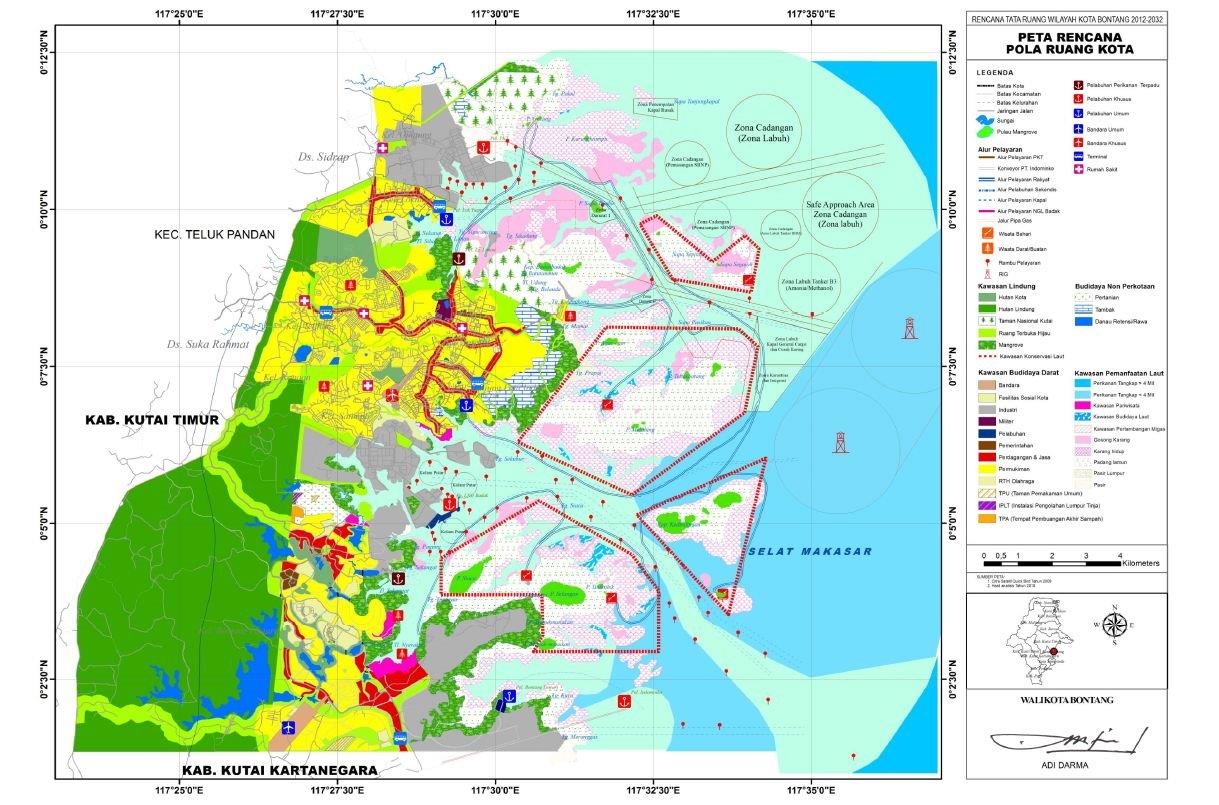Multi-sectorial Stakeholder Committee
In the Bontang City area, intensive economic activities in the coastal zone include human settlements, power plants, oil and gas industries, ports, aquaculture, marine transportation, fisheries and tourism. In the committee, key persons from all stakeholder groups were selected based on willingness to cooperate and openness to new experiences. Together with a group of enthusiastic mid-level governmental staff, they participated in a series of meetings and discussions to address spatial conflicts of economic use and environmental protection.
• Interested and available local government members, part of them had been trained in Integrated Coastal Zone Management, being aware of the problems
• Support from Bontang City Major
• Good communication between private sector and government
• NGO in the area
• Continuous support from local people and local government to the process
- The role of Champion (in this case major and head of local government development agency) is very important in the success of this process and implementation
- Good coordination and communication among the involved stakeholders are very crucial. Private sectors, local people, NGO, local government and local parliaments are the key stakeholders..
- Local parliament roles are very important, especially during the process of legal adoption of this spatial planning into a legalized-binding document and regulation.
- Adoption process into legalized document of spatial planning is very important step to be a starting point of the implementation of this spatial planning.
